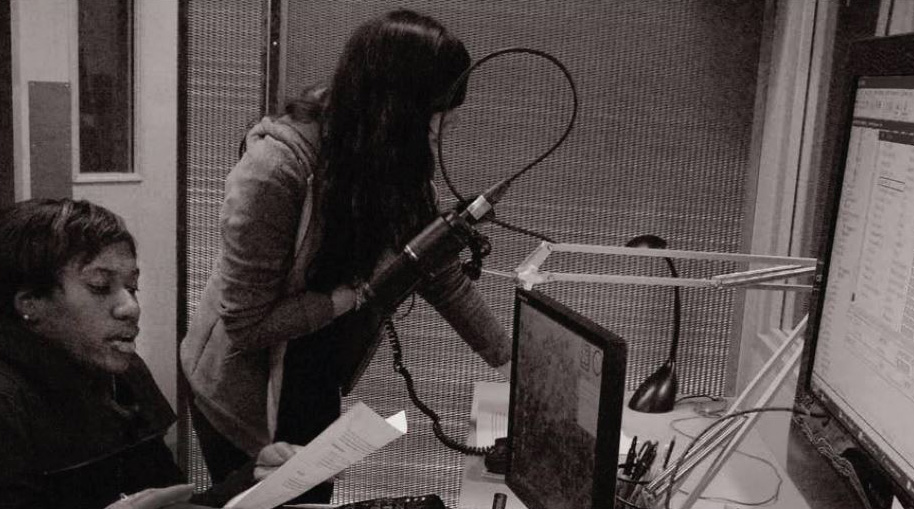The need for strong journalism to counter disinformation has never been more apparent. The Spring 2022 issue of Facts & Frictions troubles the waters of this statement. Are we doing a good enough job? How can we finance our work? Are we teaching the right skills? Are we challenging the storytelling status quo?
Our opening article, Technology and Journalism: The Experience of Recent Graduates from Two Canadian Journalism Schools, shines a spotlight on pedagogy. Journalism educators Aneurin Bosley and Fred Vallance-Jones observe that “graduates of journalism programs begin their working lives in a world awash in digital technology and data.” Their survey of 122 journalism school graduates poses the question: Should journalism schools focus on the basics, or on cutting edge technology? The authors’ clear-eyed analysis of responses gets to the heart of what matters in journalism education.
To be sure, graduates will face a lifetime of decision-making about the high-stakes information needs of the public. Environmental journalism researcher Sean Holman argues that when newsroom leaders default to ‘free speech’ in their editorial choices, they too often forgo responsibility to provide accurate, evidence-based information, giving rise to public distrust in science. At the Gate of Disaster: A Case Study on the Promotion of Climate Science Rejectionism by Mainstream News Outlets and E-commerce Companies dives deep into the consequences of amplifying scientific claims without close scrutiny of their independence and validity. The article issues a strong call for accuracy as the core guidepost for publishing decisions.
As the public flocks toward free-of-charge information (and misinformation) on the web and social media, maintaining spaces where Holman’s call can be answered has become a major challenge. Kenneth Gibson’s article, Addressing Deficits with Crowdfunded Journalism, draws on the experience of 10 journalists who have engaged in crowdfunding to finance their work. The motivations, successes and failures of these enterprises serve as helpful examples, with a forward-looking consensus that, despite declining revenues, audience demand for high quality news reporting remains high.
Not all that is digital is disruptive. The boundaries of how we tell stories are expanding, including in the world of academic publishing. We are very pleased to present a multimedia element in this issue —perhaps de rigueur in today’s newsrooms but new ground for research journals. Media ethnographer Chantal Francoeur explores multilayered dimensions of storytelling in an embedded podcast titled Journalisme multiplateforme, journaliste fragmenté. We hope this audio submission and accompanying research brief sparks future multimedia contributions from our readers, creating a distinct feature for your Facts & Frictions journal.
Facts and Frictions is published by J-Schools Canada, Canada’s national association for post-secondary journalism research and education. All content is open access and available via J-Source.
Patricia W. Elliott is editor-in-chief of Facts & Frictions / Faits et frictions and associate professor of journalism at First Nations University of Canada and the University of Regina.

